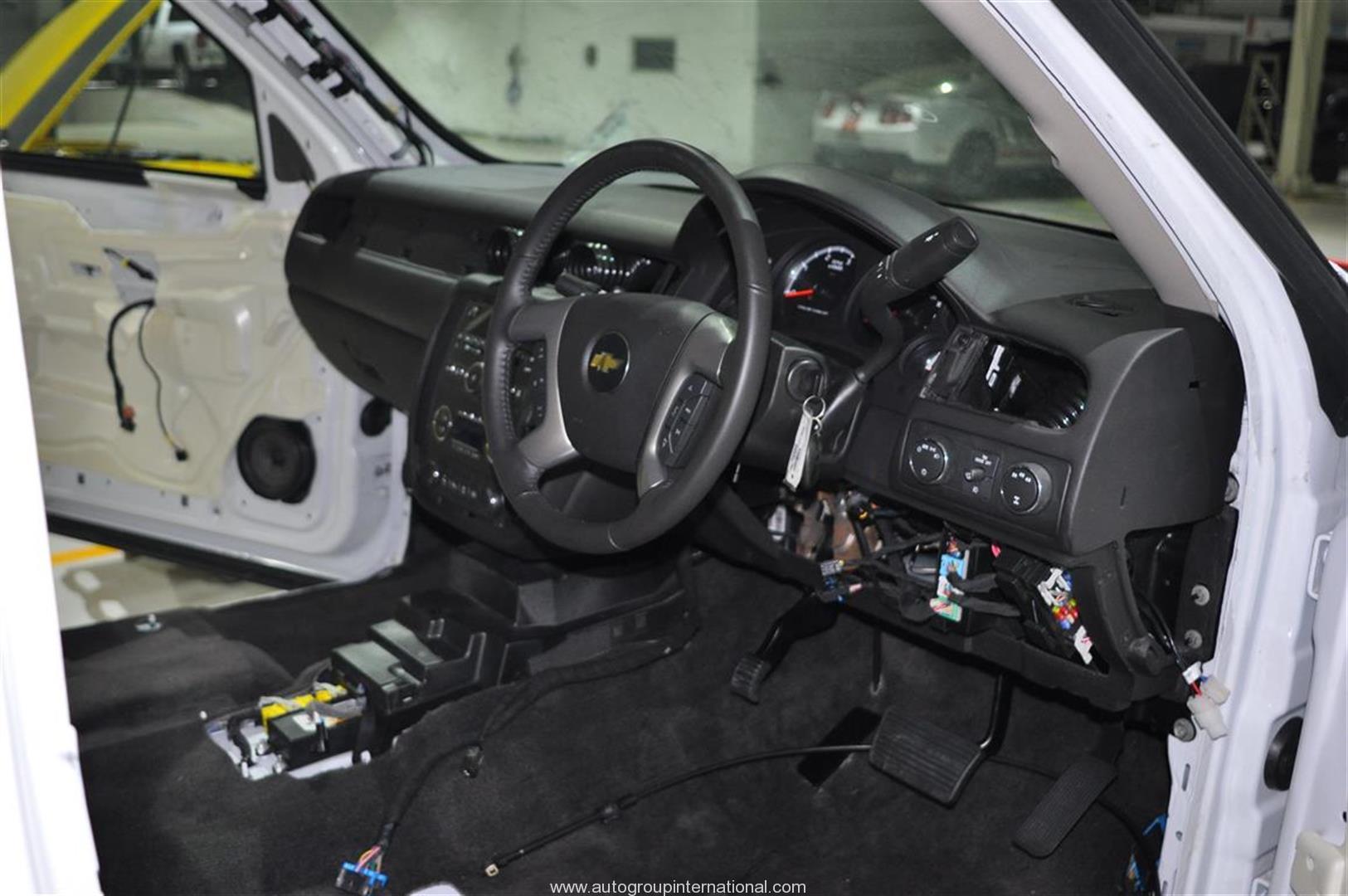Dismantling and packaging of essential features
The total right hand drive conversion processes involves many major changes. It is not just a matter of swapping a steering wheel over.
Our right hand drive conversion processes begins with the removal of the vehicles interior, the front end sheet metal, radiator, headlamps, grille and bumper. As each part is removed it is safely stored in a protective and purposely designed storage system.



